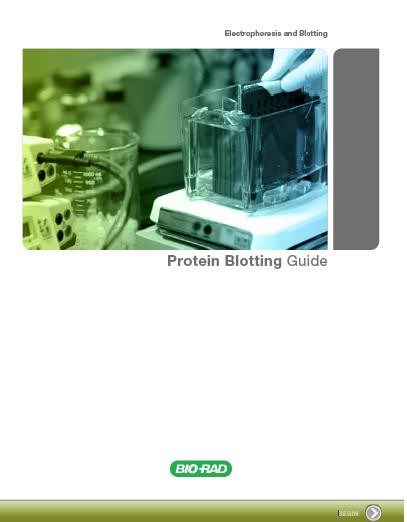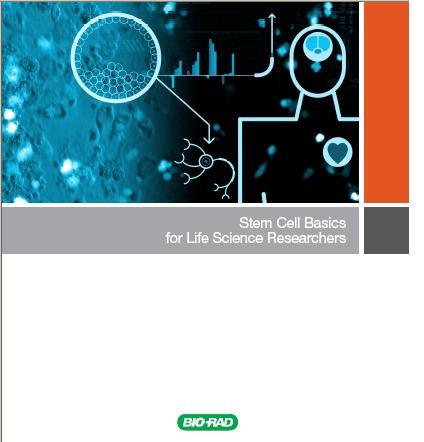A new approach to studying microbes in the wild will allow scientists to sequence the genomes of individual species from complex mixtures. It marks a big advance for understanding the enormous diversity of microbial communities —including the human microbiome. The work is described in an article published May 22 in Early Online form in the journal G3: Genes|Genomes|Genetics, published by the Genetics Society of America.
“This new method will allow us to discover many currently unknown microbial species that can’t be grown in the lab, while simultaneously assembling their genome sequences,” says co-author Maitreya Dunham, a biologist at the University of Washington’s Department of Genome Sciences.
Microbial communities, whether sampled from the ocean floor or a human mouth, are made up of many different species living together. Standard methods for sequencing these communities combine the information from all the different types of microbes in the sample. The result is a hodgepodge of genes that is challenging to analyze, and unknown species in the sample are difficult to discover.
“Our approach tells us which sequence fragments in a mixed sample came from the same genome, allowing us to construct whole genome sequences for individual species in the mix,” says co-author Jay Shendure, also of the University of Washington’s Department of Genome Sciences.
The key advance was to combine standard approaches with a method that maps out which fragments of sequence were once near each other inside a cell. The cells in the sample are first treated with a chemical that links together DNA strands that are in close proximity. Only strands that are inside the same cell will be close enough to link. The DNA is then chopped into bits, and the linked portions are isolated and sequenced.
“This elegant method enables the study of microbes in the environment,” says Brenda Andrews, editor-in-chief of the journal G3: Genes|Genomes|Genetics. Andrews is alsoDirector of the Donnelly Centre and the Charles H. Best Chair of Medical Research at the University of Toronto. “It will open many windows into an otherwise invisible world.”
At a time when personal microbiome sequencing is becoming extremely popular, this method breaks important ground in helping researchers to build a complete picture of the genomic content of complex mixtures of microorganisms. This complete picture will be crucial for understanding the impact of varying microbiome populations and the relevance of particular microorganisms for individual health.
CITATION: Species-Level Deconvolution of Metagenome Assemblies with Hi-C-Based Contact Probability Maps Joshua N. Burton, Ivan Liachko, Maitreya J. Dunham, and Jay Shendure. G3: Genes|Genomes|Genetics g3.114.011825; Early Online May 22, 2014, doi:10.1534/g3.114.011825; PMID 24855317.
Thanks to the Genetics Society of America for contributing this story.
Tags: genomics















